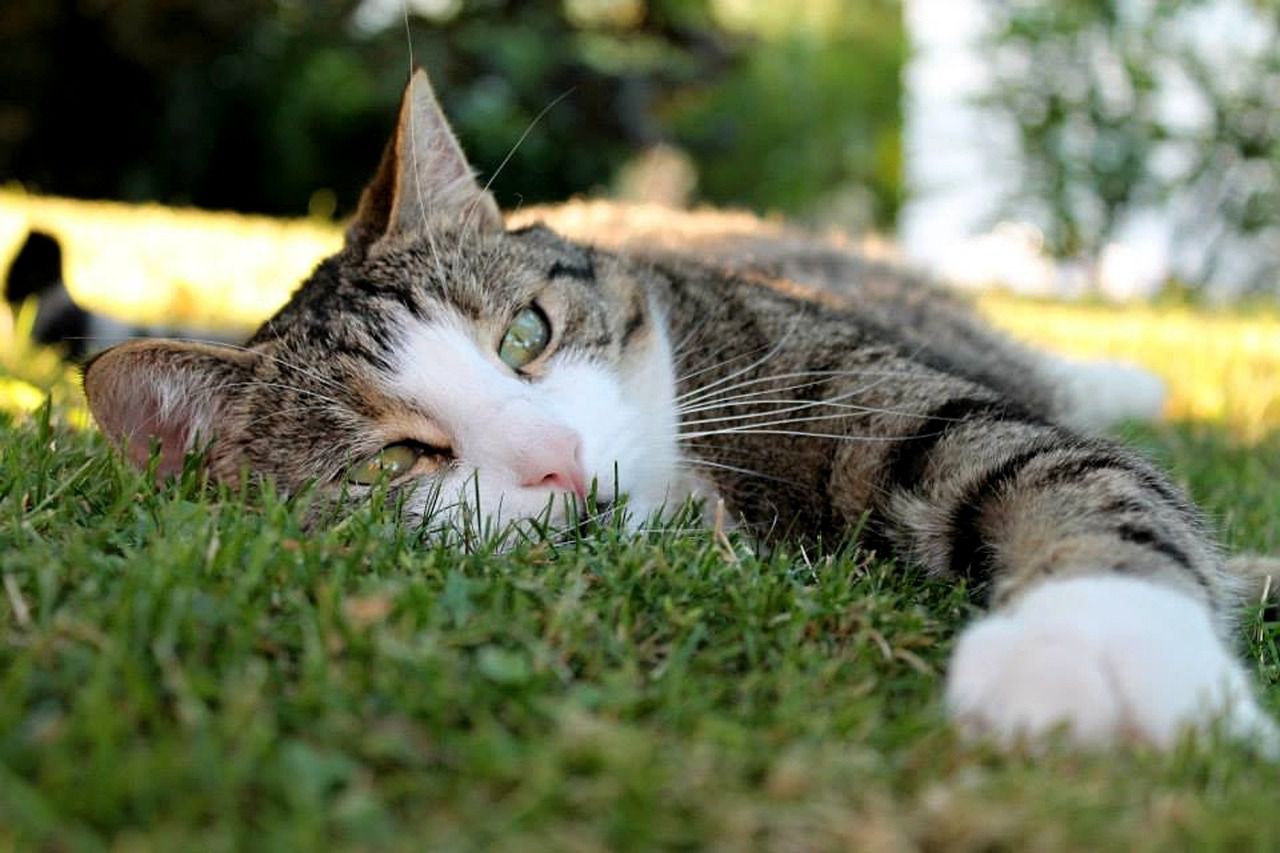In the summer, some people find it hard to bear the heat, so how do cats not overheat?
Although they have warm coats, they also have several mechanisms that help them survive hot weather well.
Here are some of them.

Grooming
Cats are meticulous groomers and spend a significant amount of time licking their fur.
This grooming behavior not only helps them keep their coat clean, but also aids in thermoregulation.
When cats lick their fur, their saliva evaporates and cools the skin, providing a natural cooling effect.
Panting
Similar to dogs, cats can pant to regulate their body temperature.
Panting helps them release excess heat by rapidly exhaling and evaporating moisture from their respiratory tract.
However, cats typically pant less frequently than dogs and rely more on other cooling mechanisms.
Limited sweat glands
Cats have sweat glands on their paw pads, but not throughout their body like humans do.
While sweating is a common cooling mechanism in humans, cats primarily rely on other methods to regulate their body temperature.
Increased water intake
Cats tend to drink more water during hot weather to stay hydrated and maintain their body temperature.
It's important to provide fresh water sources for cats to encourage adequate hydration.
Nocturnal activity
Cats are crepuscular animals, meaning they are most active during dawn and dusk.
This behavior helps them avoid the hottest parts of the day when the sun is at its peak. By being more active during cooler hours, cats can conserve energy and minimize heat exposure.













